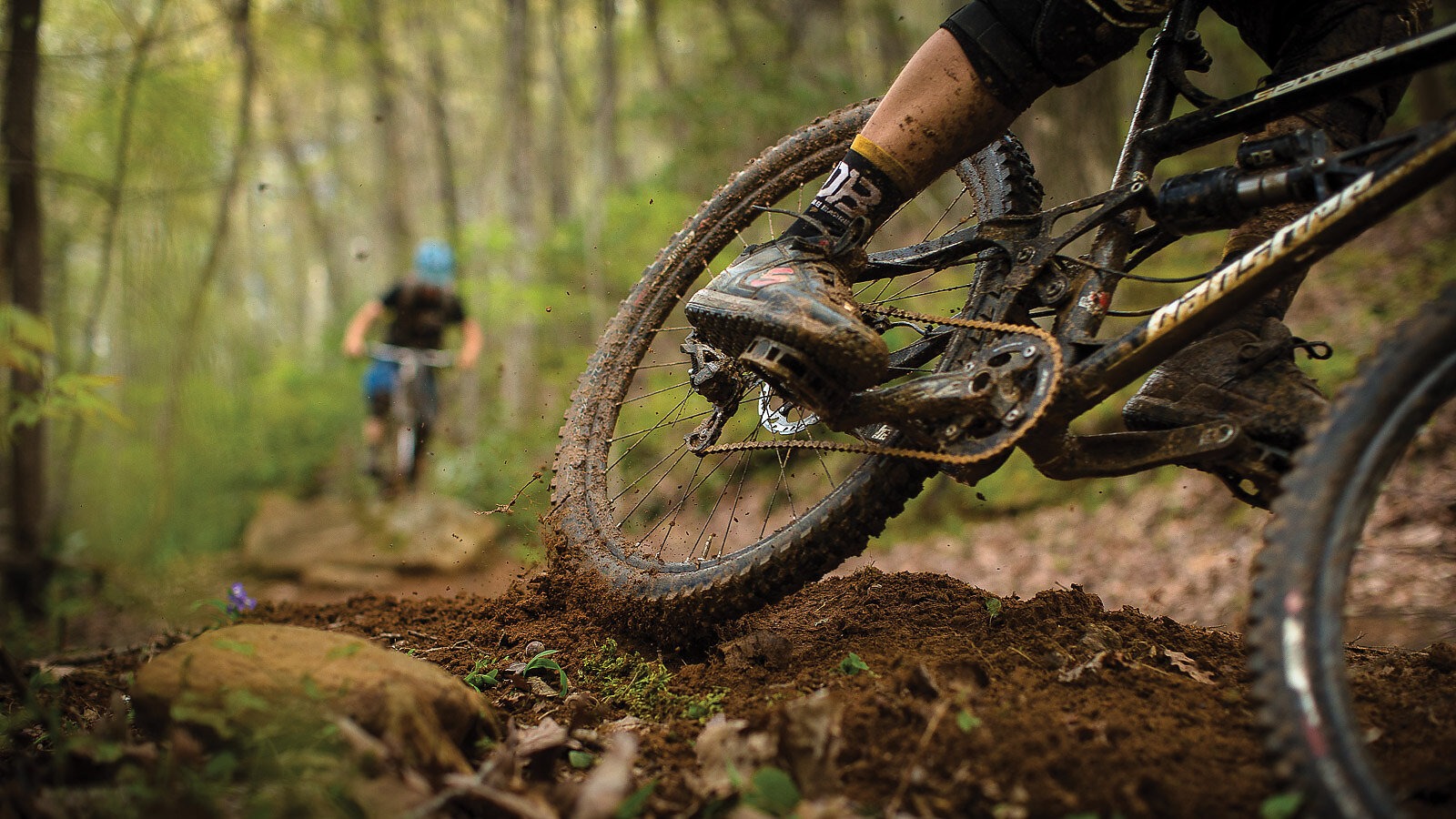
Tommy Penick Asheville, North Carolina
Words and Photos by Tommy Penick
A few weeks ago, I passed a homemade sign stapled to a telephone pole in West Asheville. It was on a sheet of printer paper, emblazoned with the words “HYPE CITY USA”—a simple statement, but one that succinctly summed up Asheville’s growth and culture rejuvenation over the past decade.
In a way, the liberal mecca of the traditionalist south has become somewhat of a caricature of itself—an Austin, TX of the South, a hotbed for Korean taco trucks, energy-blockage-clearing crystal shops, and enough breweries to make Boulder wonder where they went wrong.
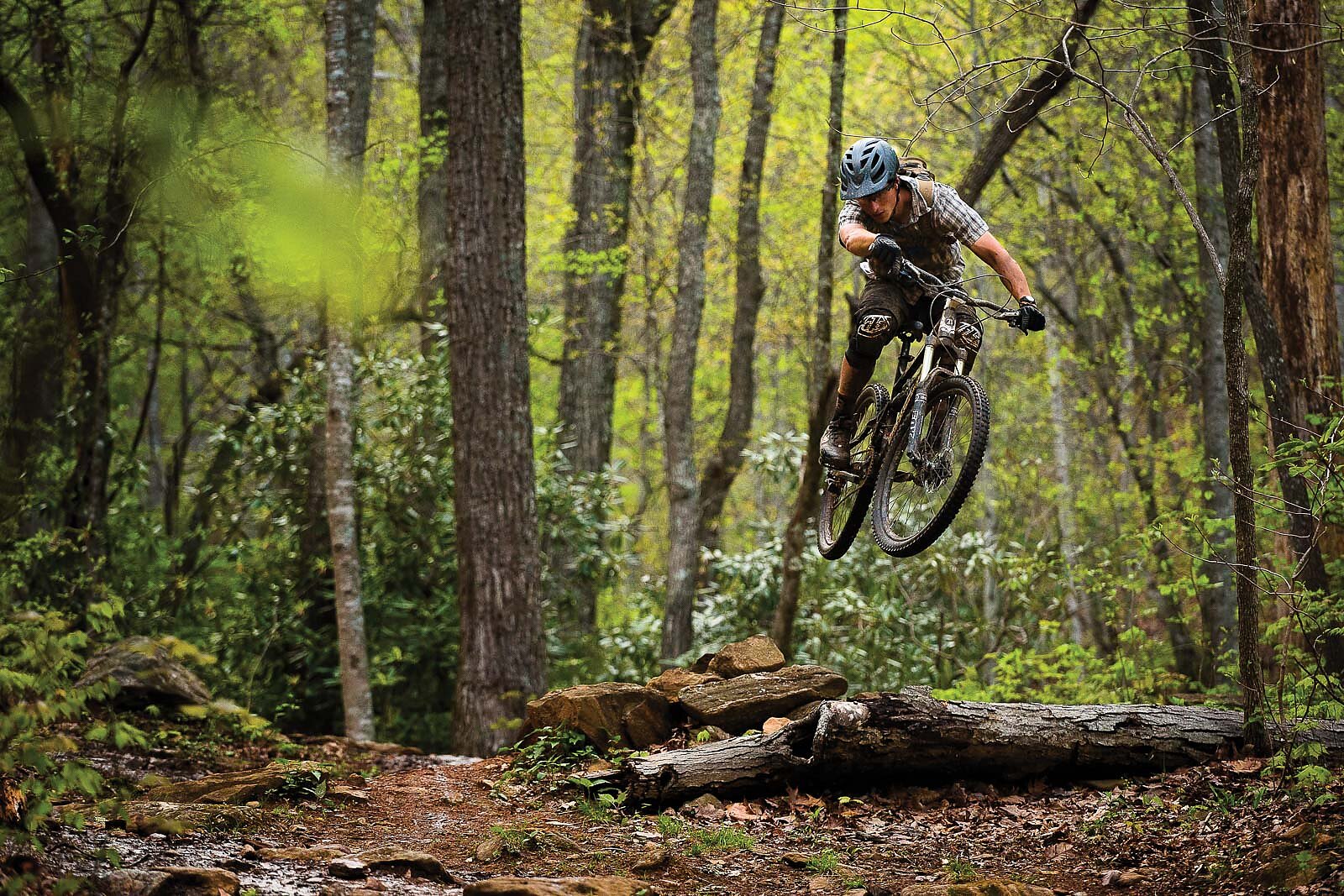
It’s a trendy influx that’s changed the town of nearly 90,000 people. However, past the foodies, hipsters, political activists, and quartz dealers, a quieter, thoroughly impassioned population exists, one with long-standing roots. Their playground has an even deeper history. Beyond Asheville’s recent trendy identity is a gem far older than the River Arts District or even the textile mills that spawned many of western North Carolina’s towns: Pisgah National Forest.
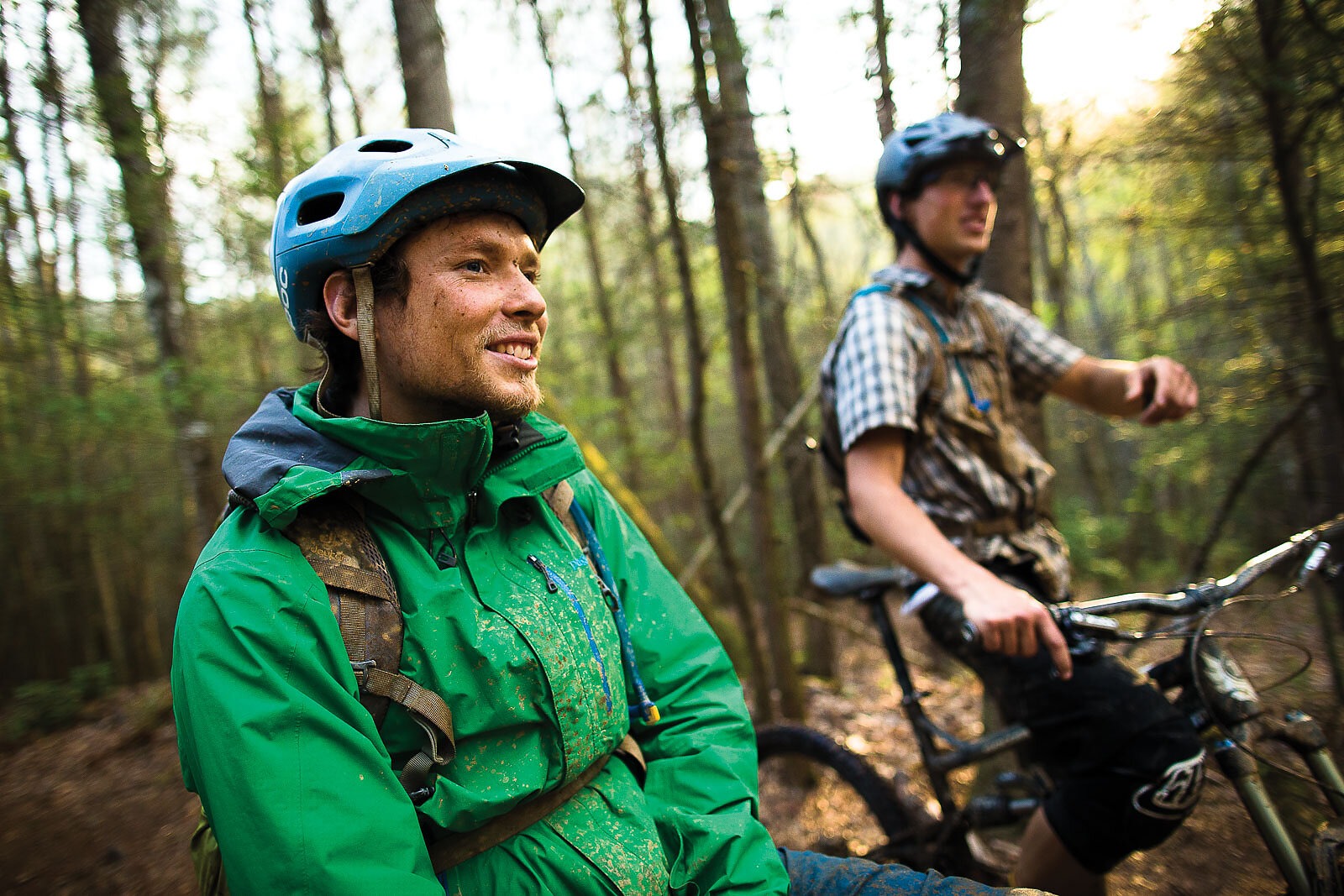
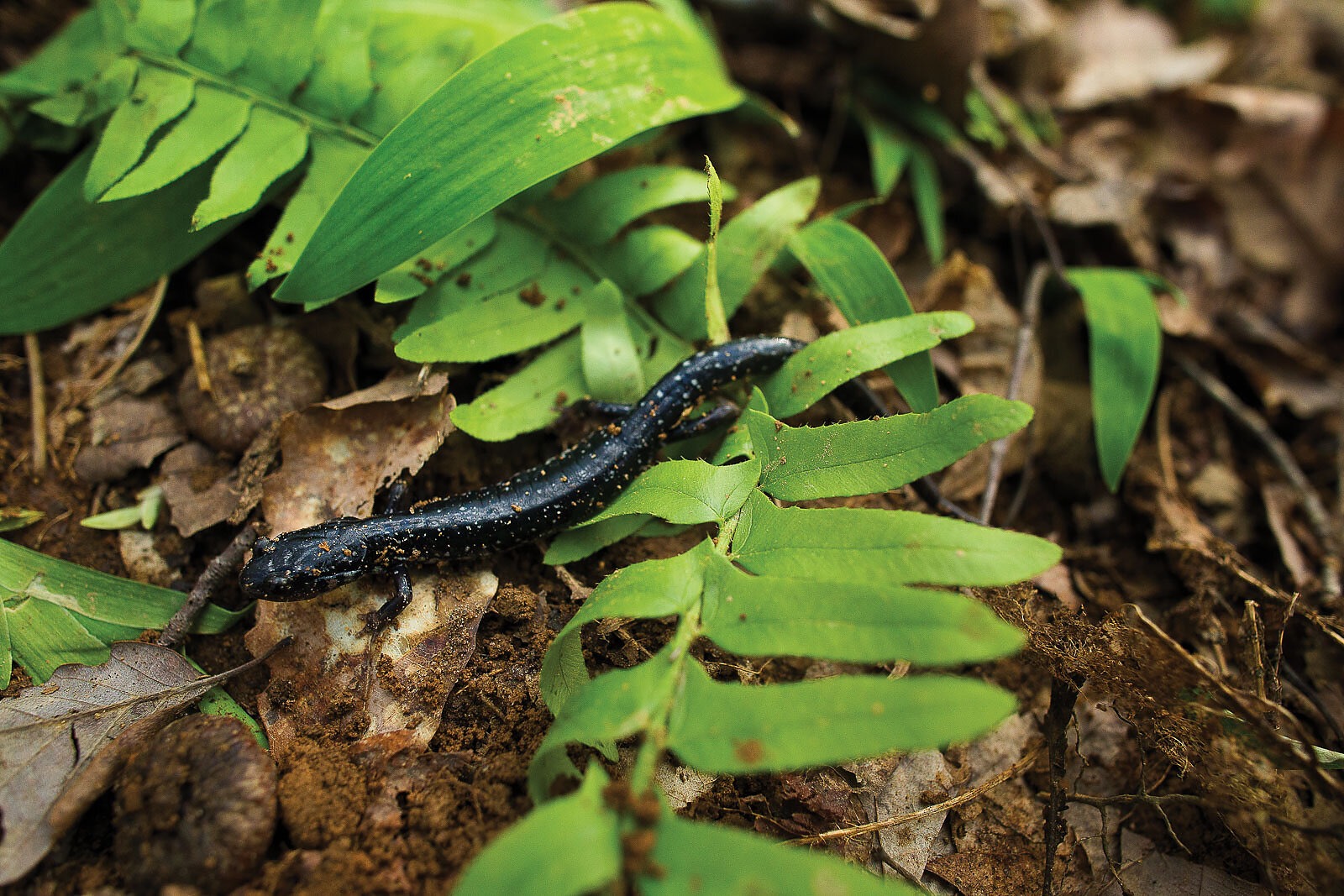
I didn’t grow up skiing the Wasatch or mountain biking the trails of Utah. I grew up in the flatlands of Central Virginia, getting my adrenaline from riding down flights of stairs. When my path veered towards Western North Carolina and Southern Appalachia, the people, the places, and the trails gave me good reason to rearrange my life priorities. I was inspired, and in the shadow of the East Coast’s biggest mountains, I began to actively chase my dreams as a photographer and filmmaker—which, inevitably, led to the even bigger, more iconic mountains scattered across the Northern Hemisphere.
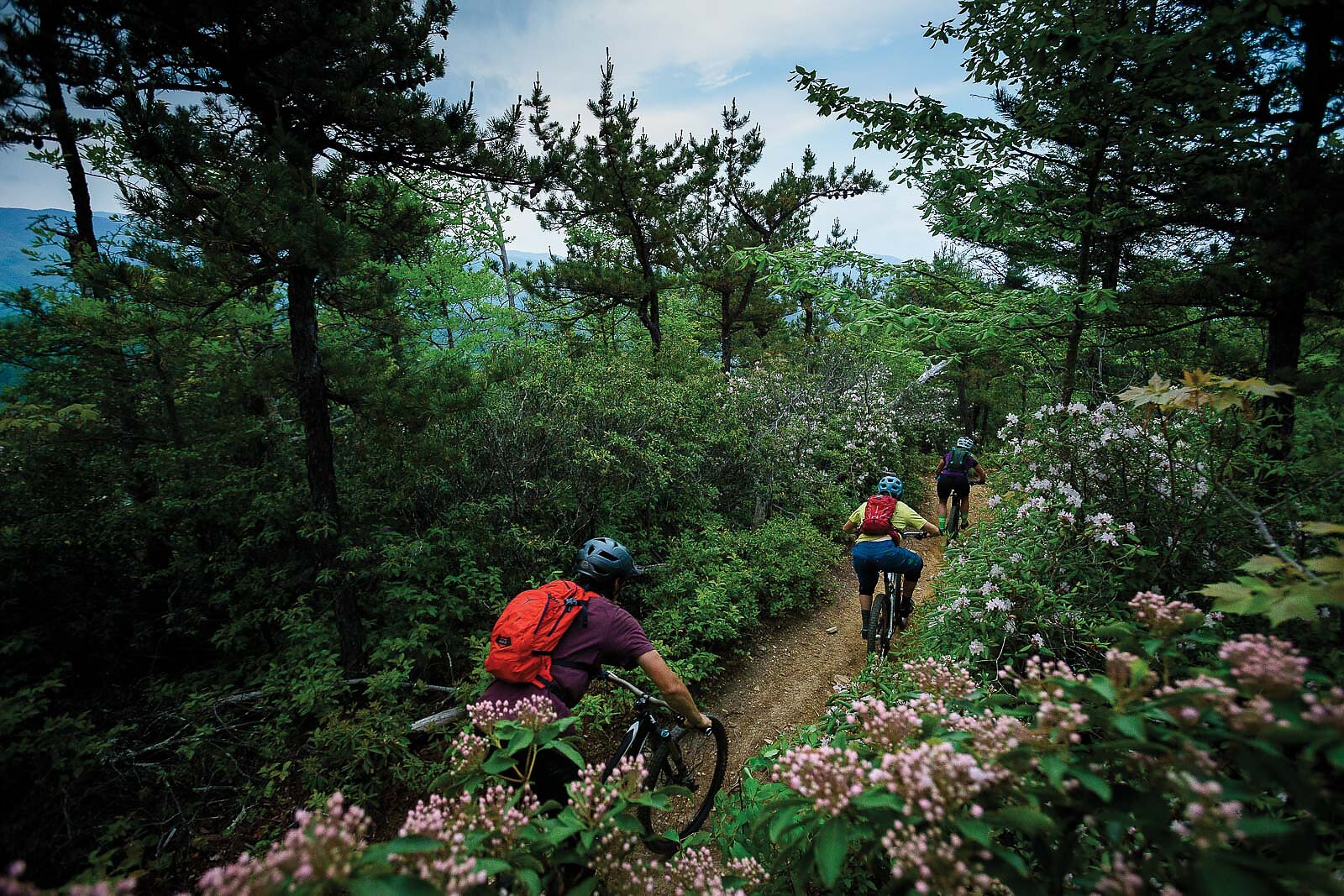
Much to my surprise, however, I found myself yearning for the Southeast; not only for the intangible aspects of southern culture, but for the trails. On a basic level, my favorites represent everything mountain biking fulfills in my life—challenging, technical, and remote. We’re not known for flowy downhill trails in old-growth forests or wide-open rock rolls. Instead, ours wind through the forest, often looking raggedy and unkempt. As a photographer, this is difficult—they look more like tame hiking trails than rowdy single track through the viewfinder. But it also makes them rowdy and empty.
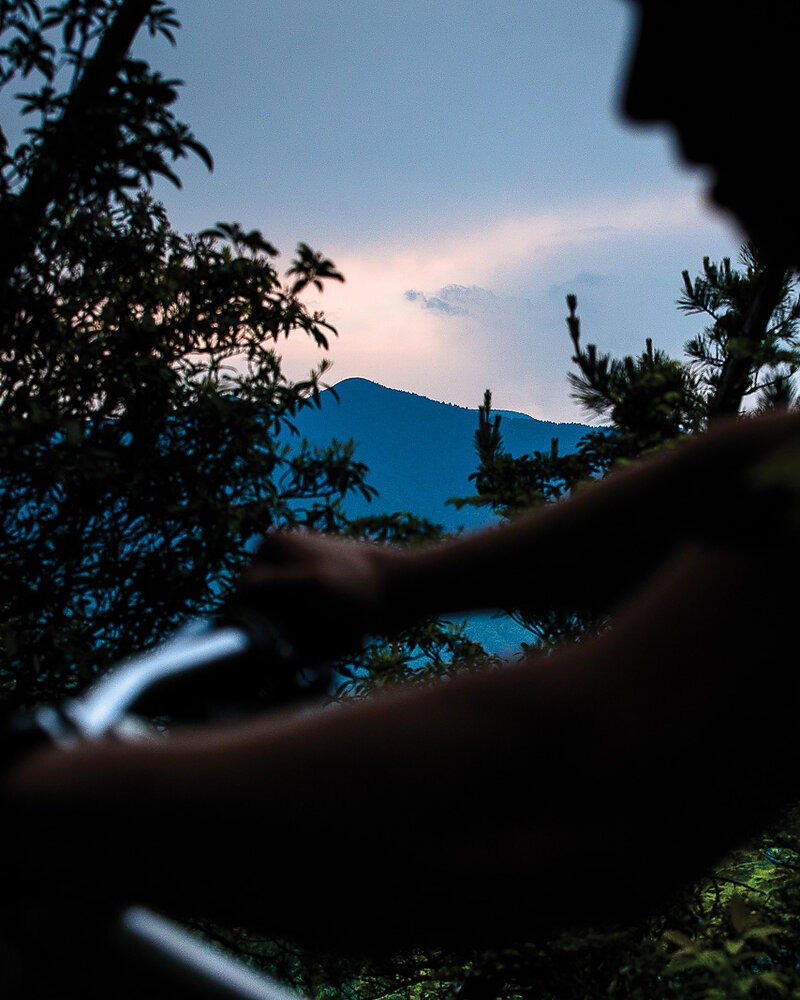
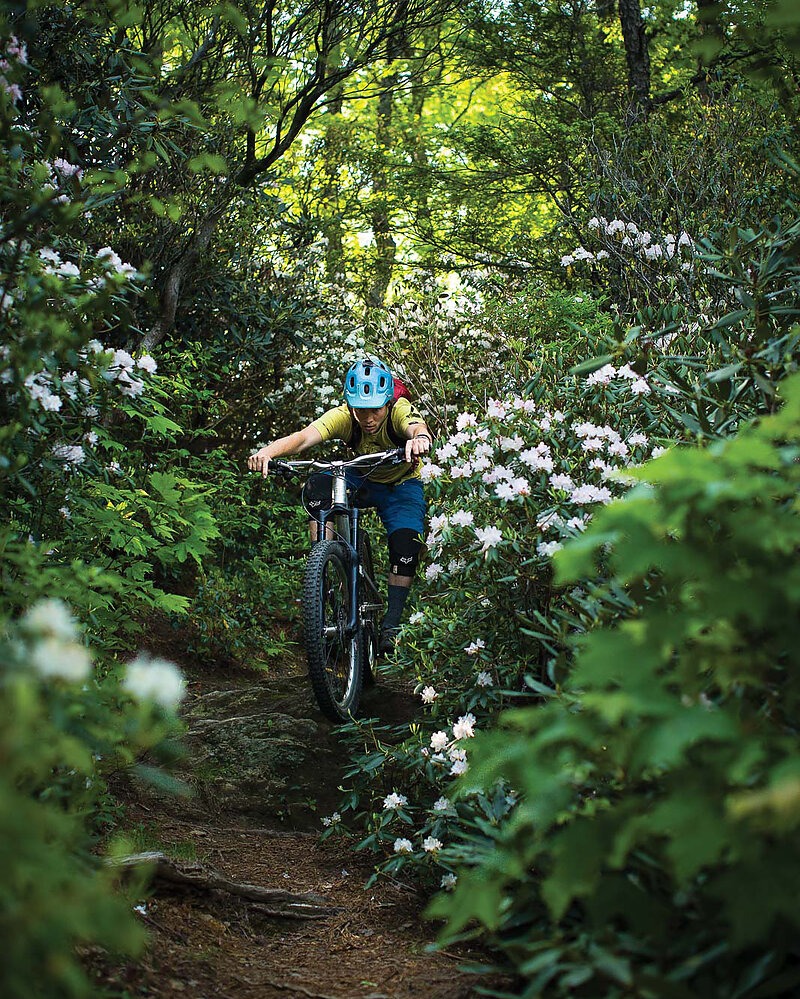
Just as the town has (for better or worse) seen a recent cultural infusion, over the past few years Asheville has also seen a burst in the variety of the surrounding riding and trails. Like our reservations about the hipster scene, us locals have always stuck with the idea that our trails should be as difficult as possible. However, that mentality is crippling to the general bike culture of an area, and I’ve come to appreciate the easier trails as well as the classic hardcore ones. Whereas other parts of western North Carolina have fantastic terrain, they also have almost zero legal access and zero introductory trails—translating into a meager, limited bike culture. These new, more welcoming zones give us a place to hang out over beverages in a parking lot and grow as a community.
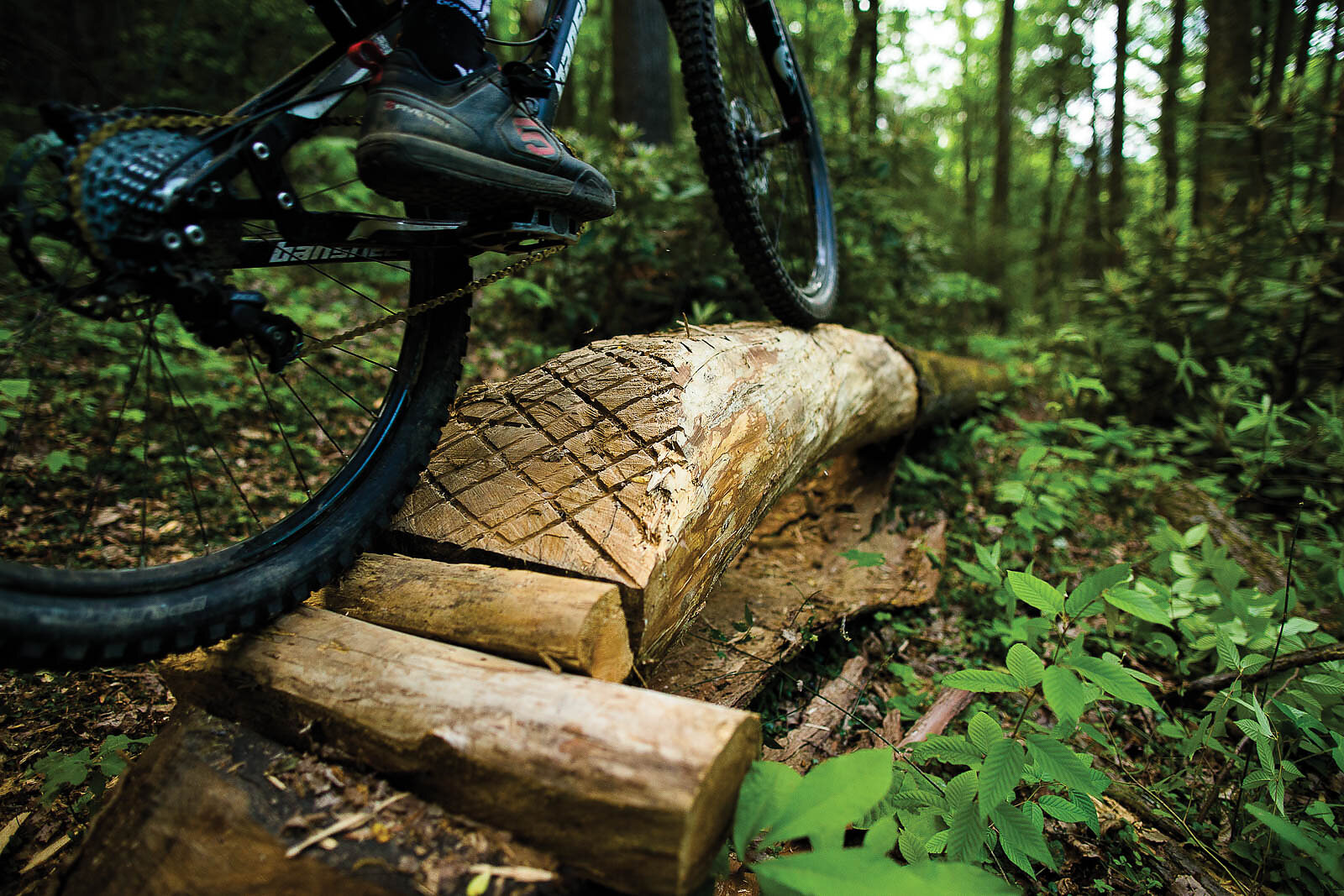
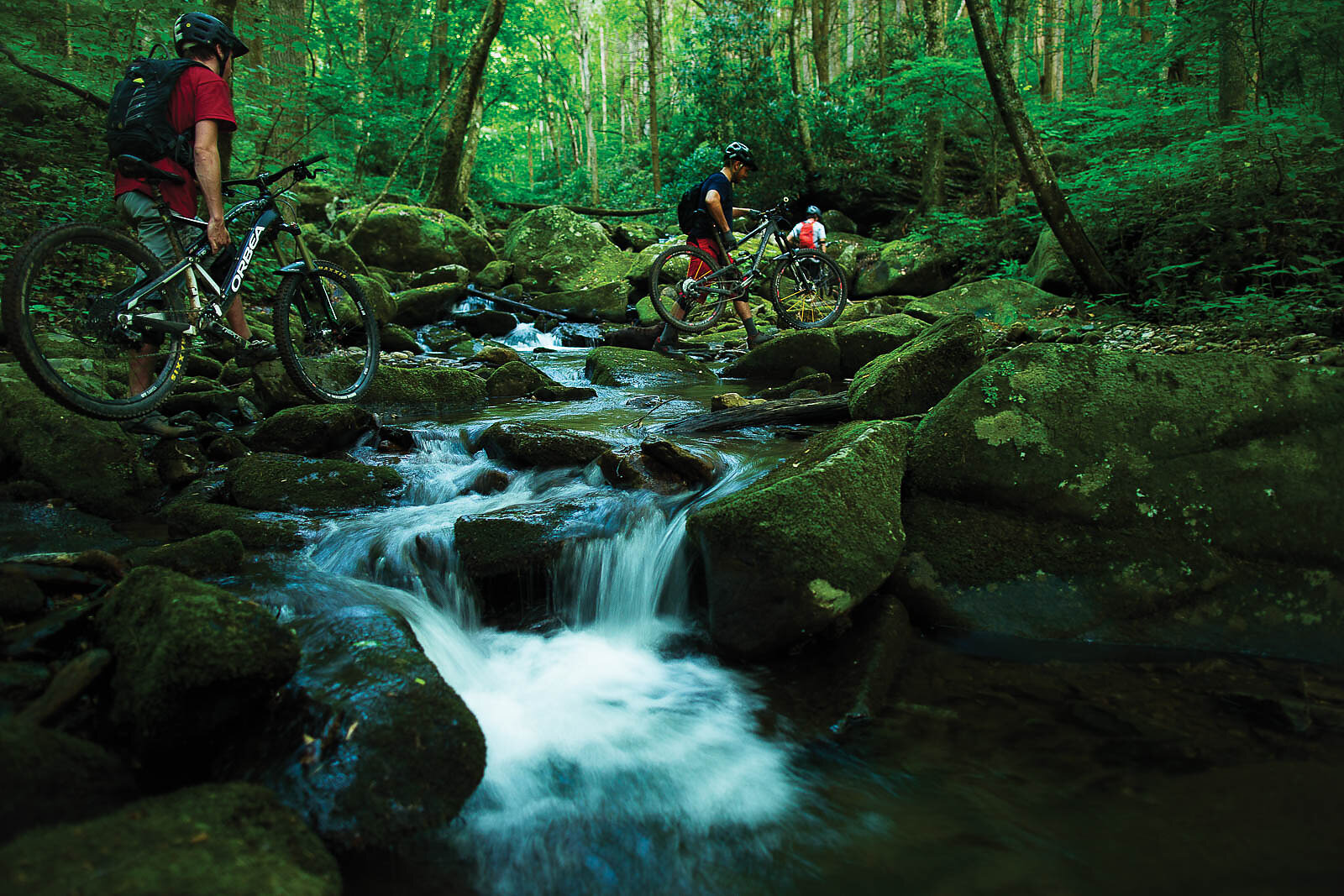
The Bent Creek area is a perfect example. Nestled within Pisgah National Forest just outside of downtown, it offers the perfect after-work ride, the 44 miles of trail ranging from groomed, first-timer friendly flow trails to steep, rowdy drainages (if you know where to look).
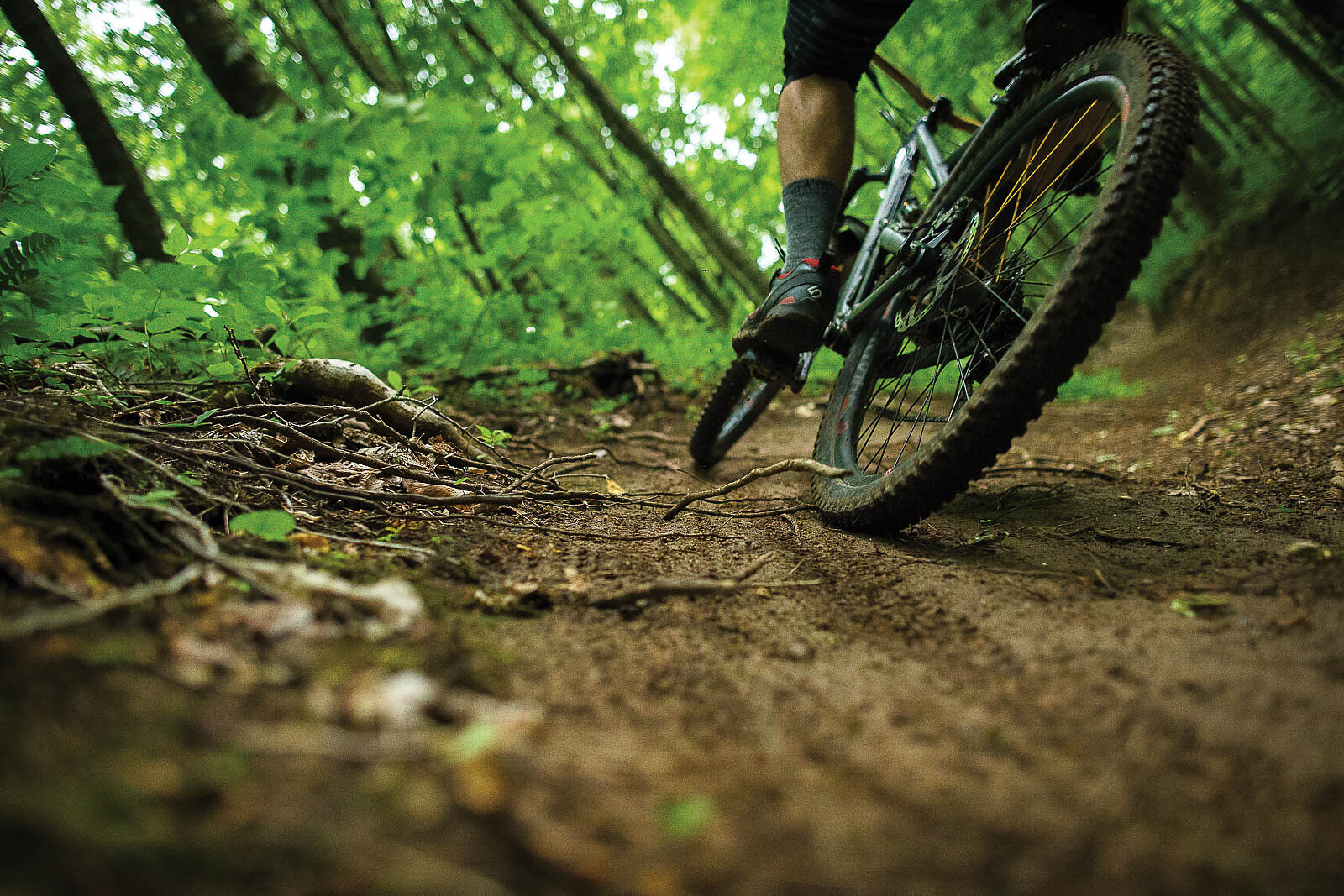
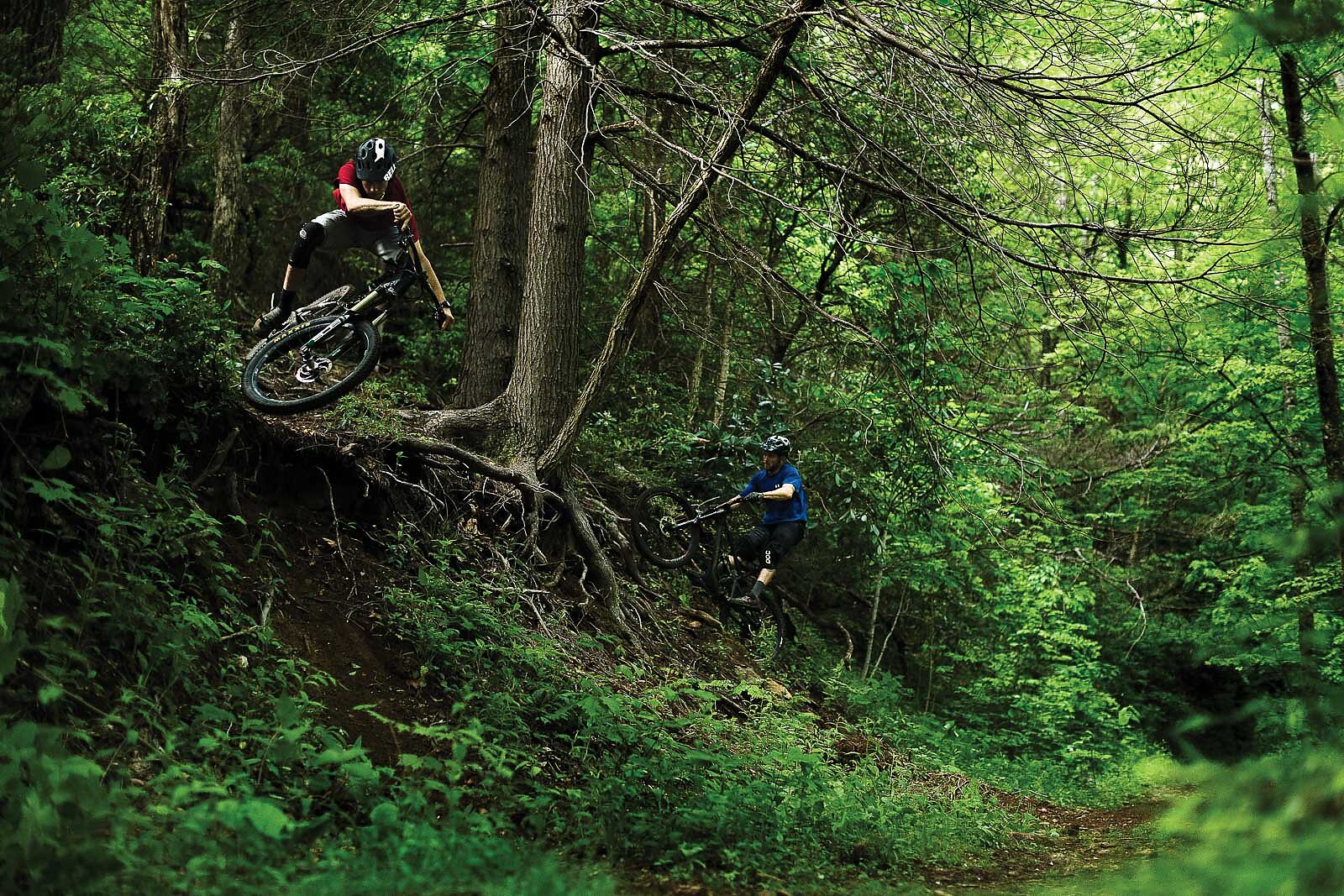
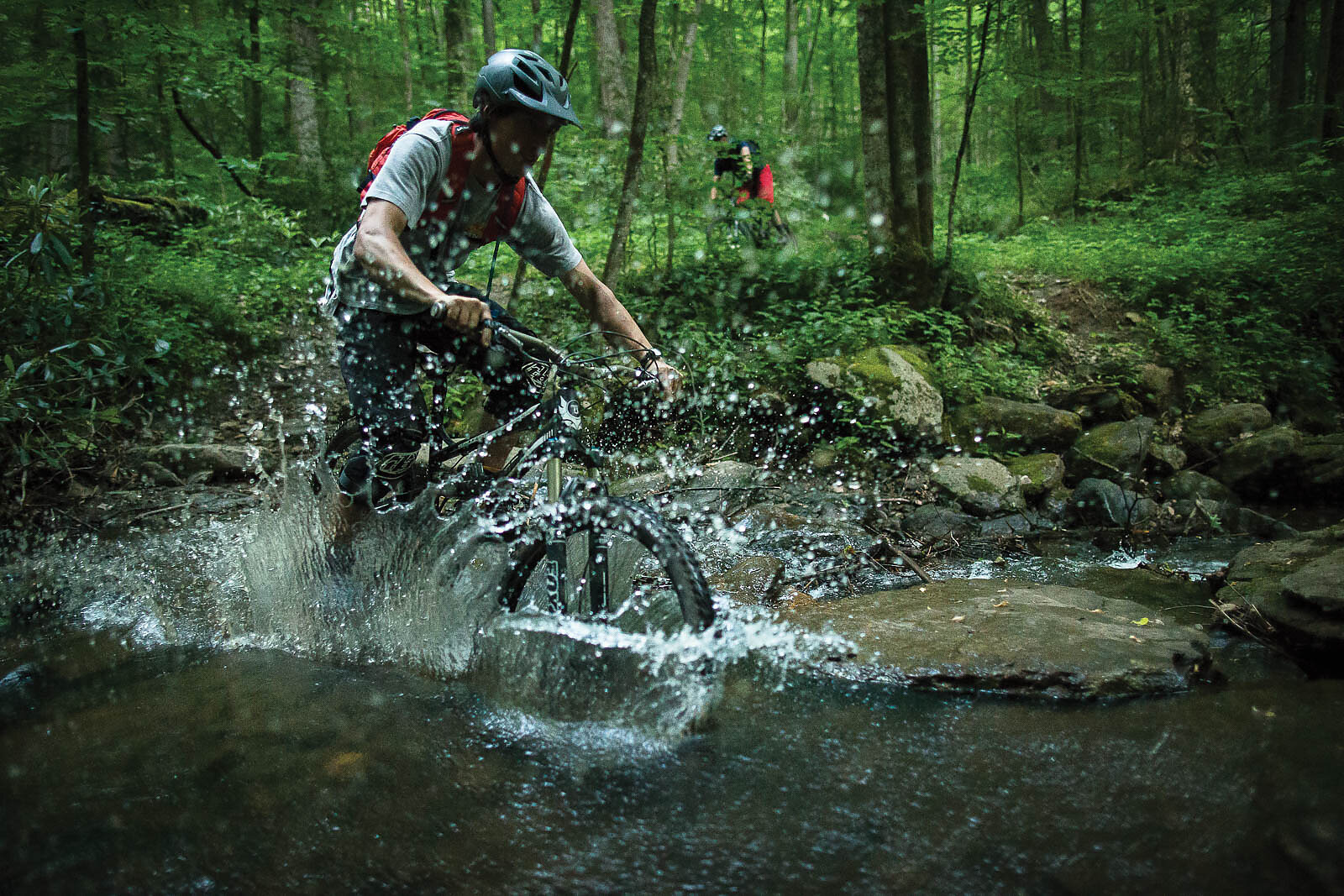
Another local gem is Kitsuma, which falls from the summit of Black Mountain above the nearby Old Fort Picnic Area. Entirely single track, Kitsuma is a perfect blend of speed, steeps, and flow, followed by a mellow climb on a paved road. Or Big Ivy, which winds through one of the only old-growth forests on the East Coast and is just 15 miles out of town. Or Stair Creek, an old-school-style, high-speed trail that keeps you on the verge of exploding all the time. There are so many, and the list is growing as fast as the local food truck and brewery scene.
And while the author of that printer-paper sign on the telephone pole may have a different opinion, I’ve decided that when it comes to dirt, rubber, and bike wheels, Asheville lives up to the hype.


